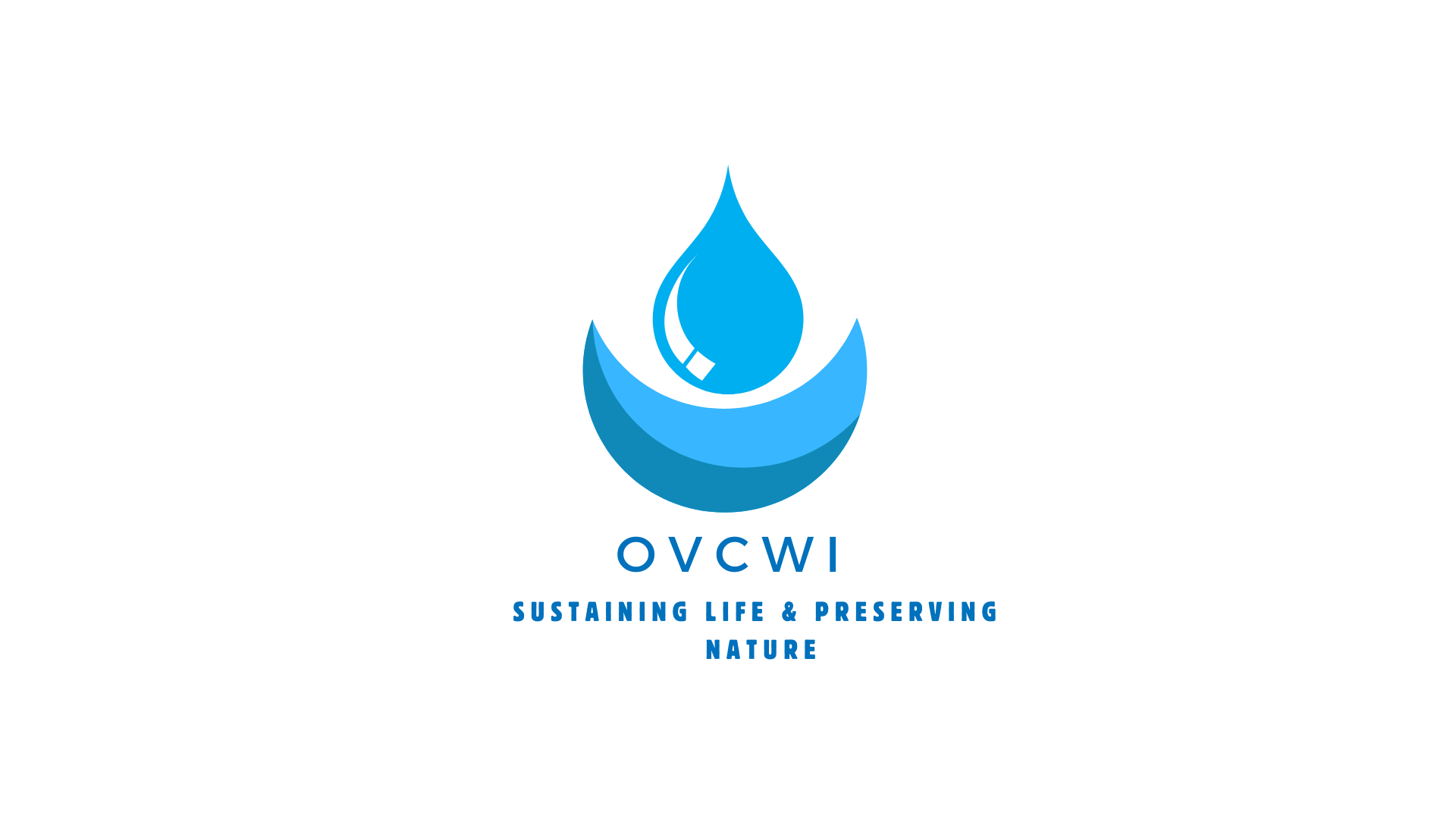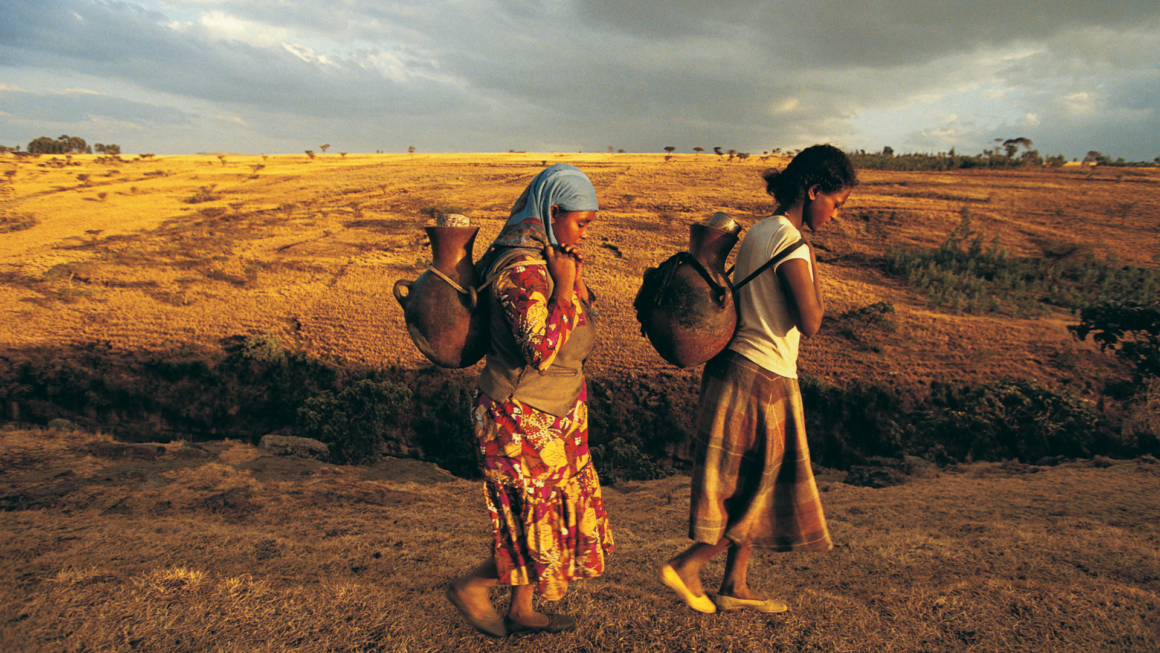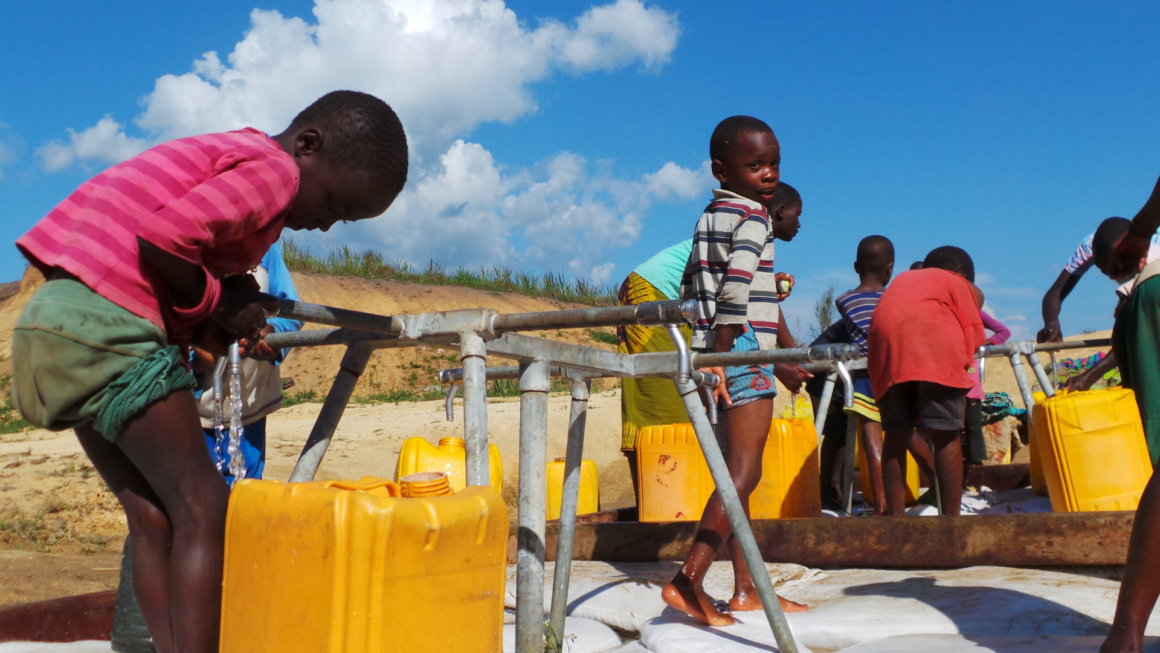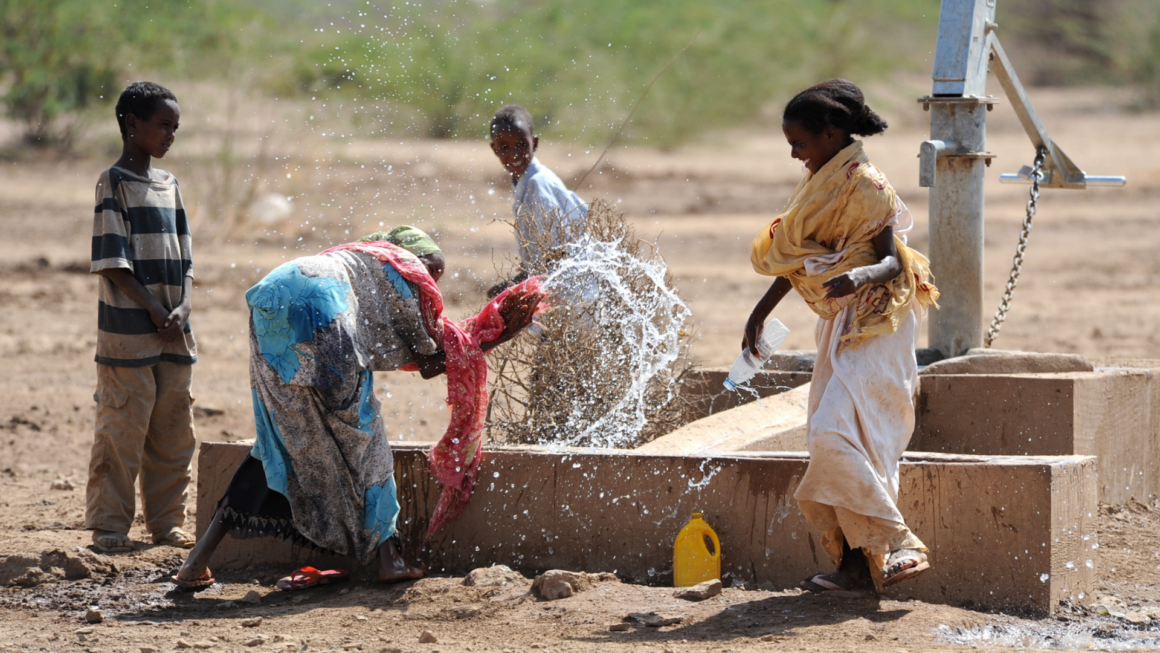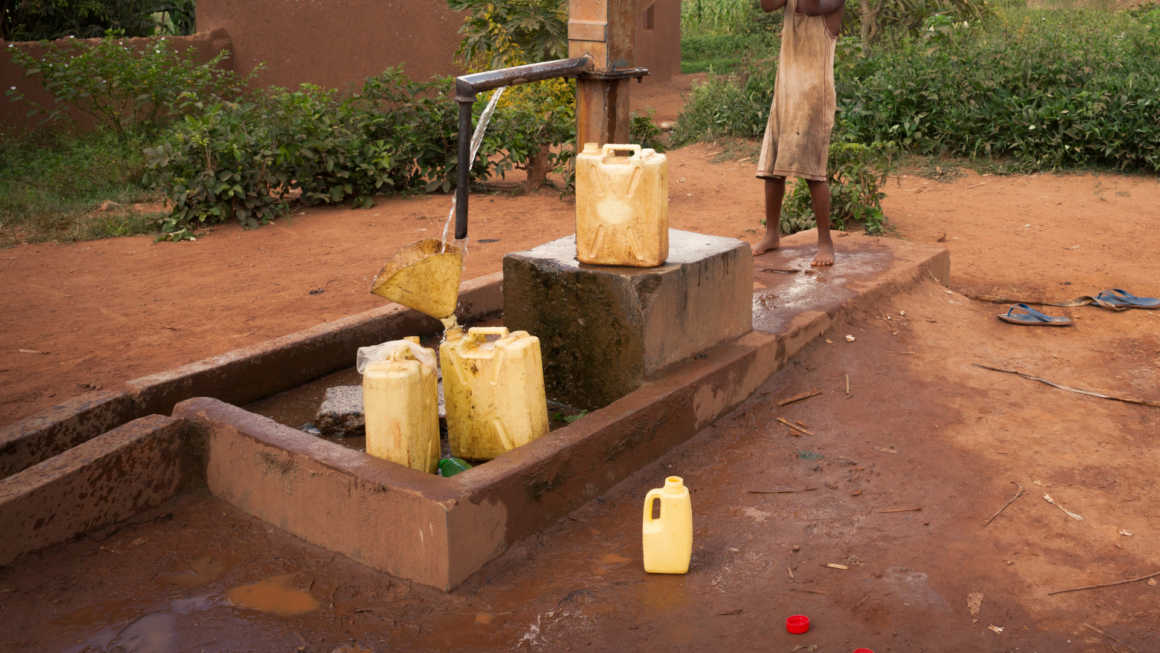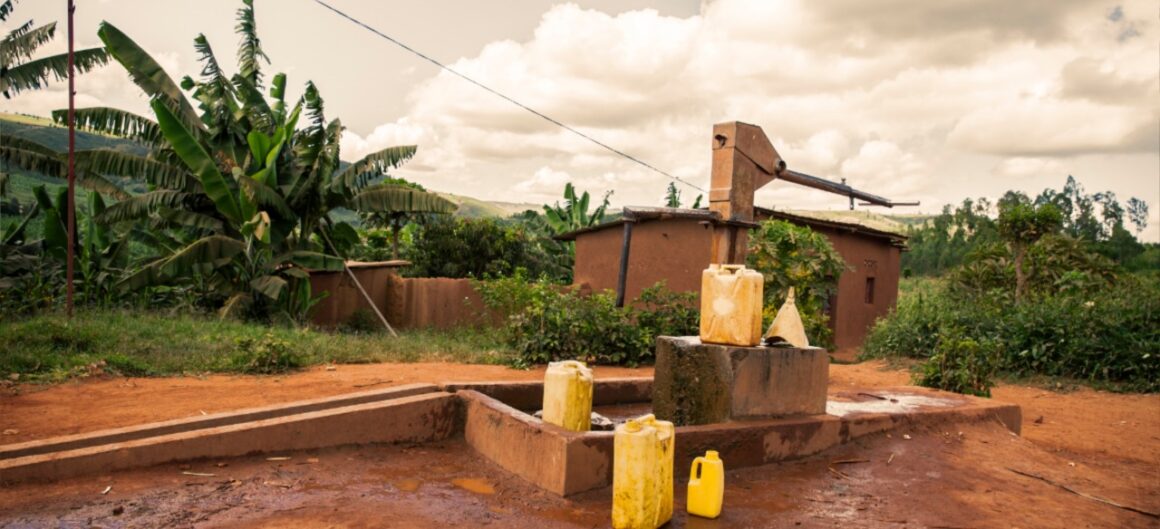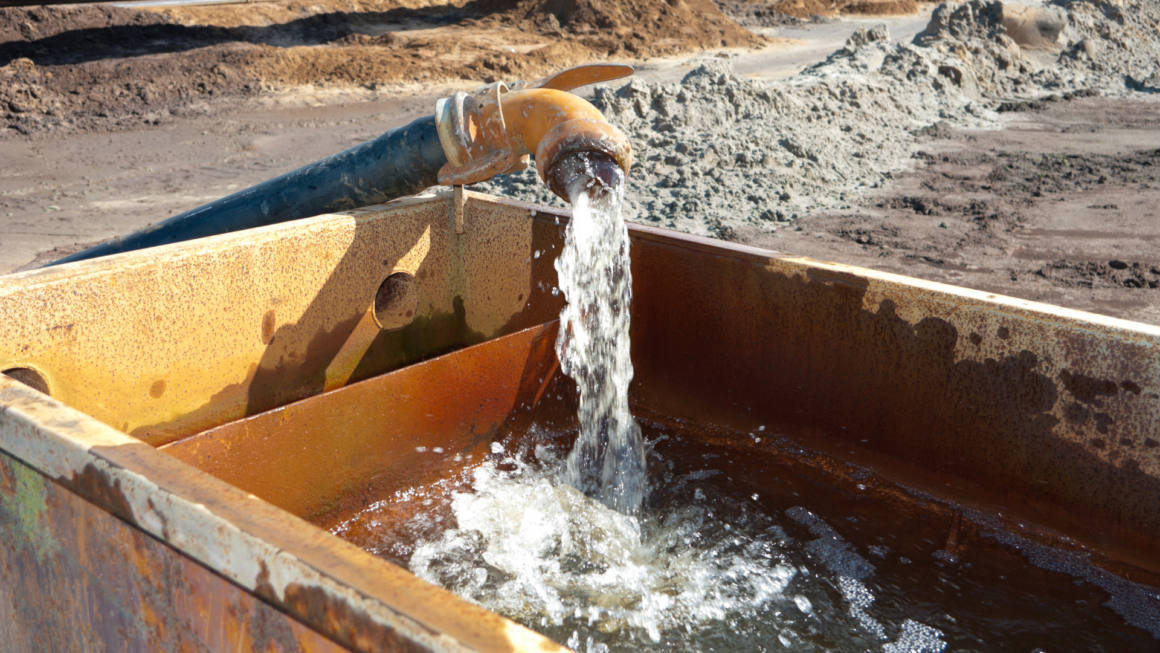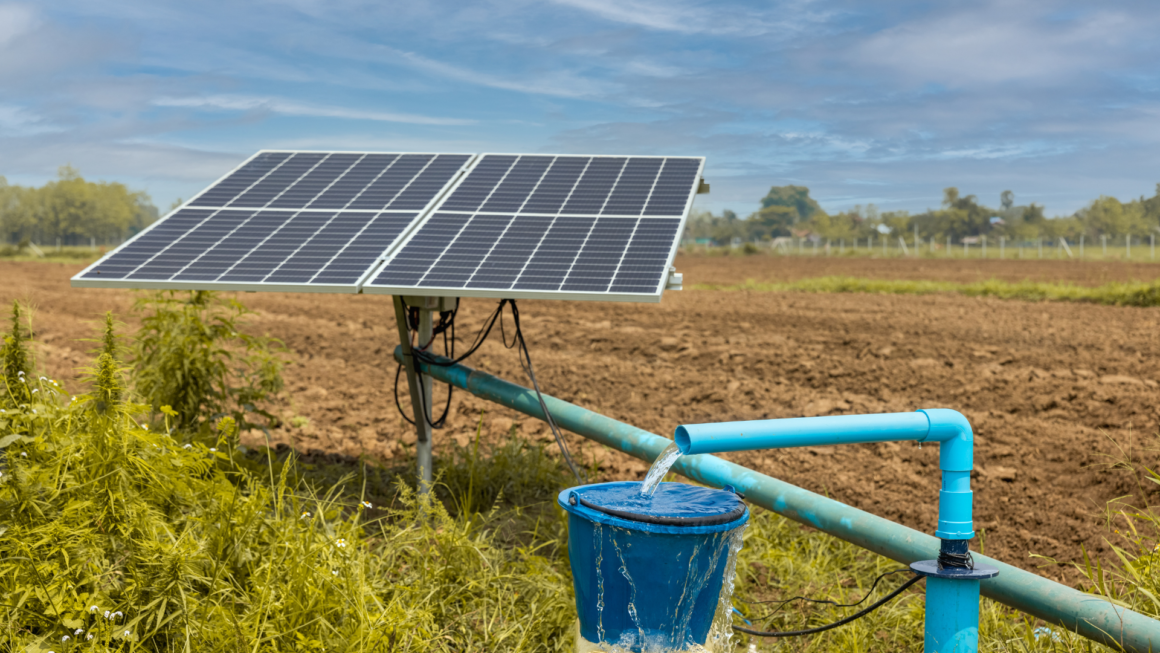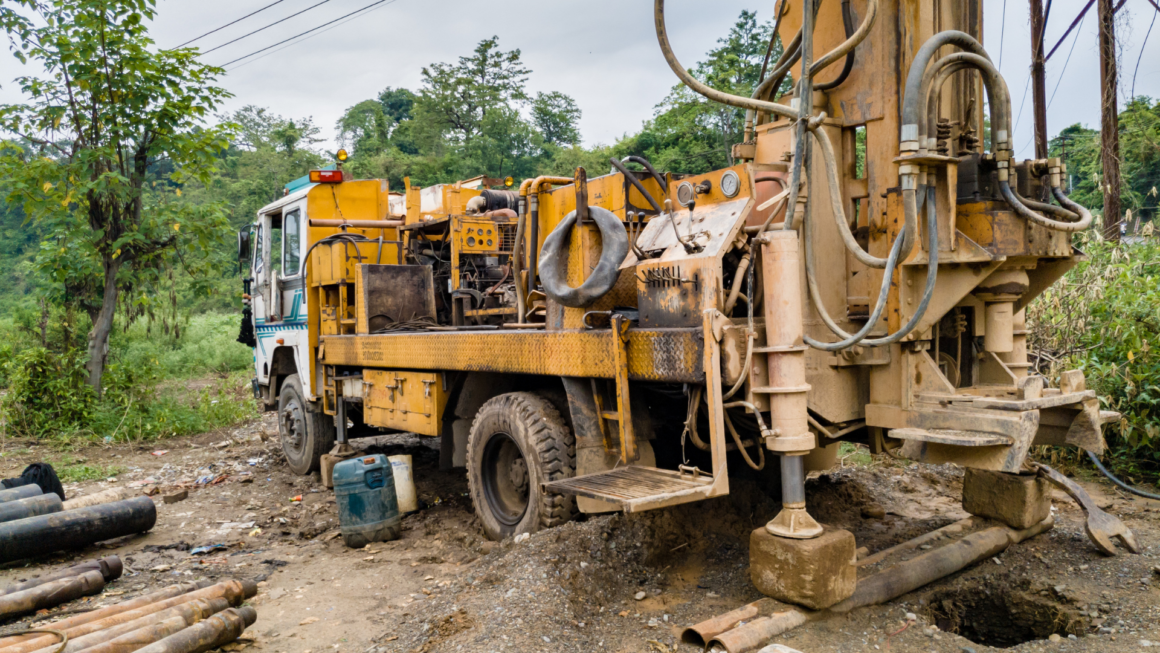Drilling new wells and rehabilitating existing ones can provide reliable access to groundwater, especially in rural areas where surface water sources may be limited or contaminated.
Groundwater drilling involves using specialized equipment, such as a drill rig, to bore a hole deep into the earth’s surface. This can range from a few feet to thousands of feet, depending on the depth of the aquifer or underground water source. The drilling process also involves inserting a casing, or protective pipe, into the hole to prevent it from collapsing and to protect the well from potential sources of contamination.
After the well has been drilled, it is important to properly develop and rehabilitate it. This involves removing any debris or sediment from the well and pumping out the newly created water source to clear the area of any potential obstructions. If the aquifer is not producing enough water, rehabilitation may also include techniques such as hydrofracking or chemical treatment to increase the flow of water.
Proper maintenance and regular testing of the well are also essential to ensure the sustainability and safety of the groundwater source. Regular maintenance may include repairing or replacing damaged parts, checking for any signs of contamination, and monitoring the water level and quality. It is also important to monitor the water usage and recharge rate to ensure that the aquifer is not being over-pumped, which could lead to depletion or saltwater intrusion.
In summary, groundwater drilling and rehabilitation are essential processes for accessing and maintaining a reliable source of groundwater. Properly drilled and maintained wells can provide clean and safe water for drinking, irrigation, and other purposes, making groundwater a valuable resource for communities and industries around the world.
Discover more from Omo Valley Clean Potable Water Initiatives
Subscribe to get the latest posts sent to your email.



